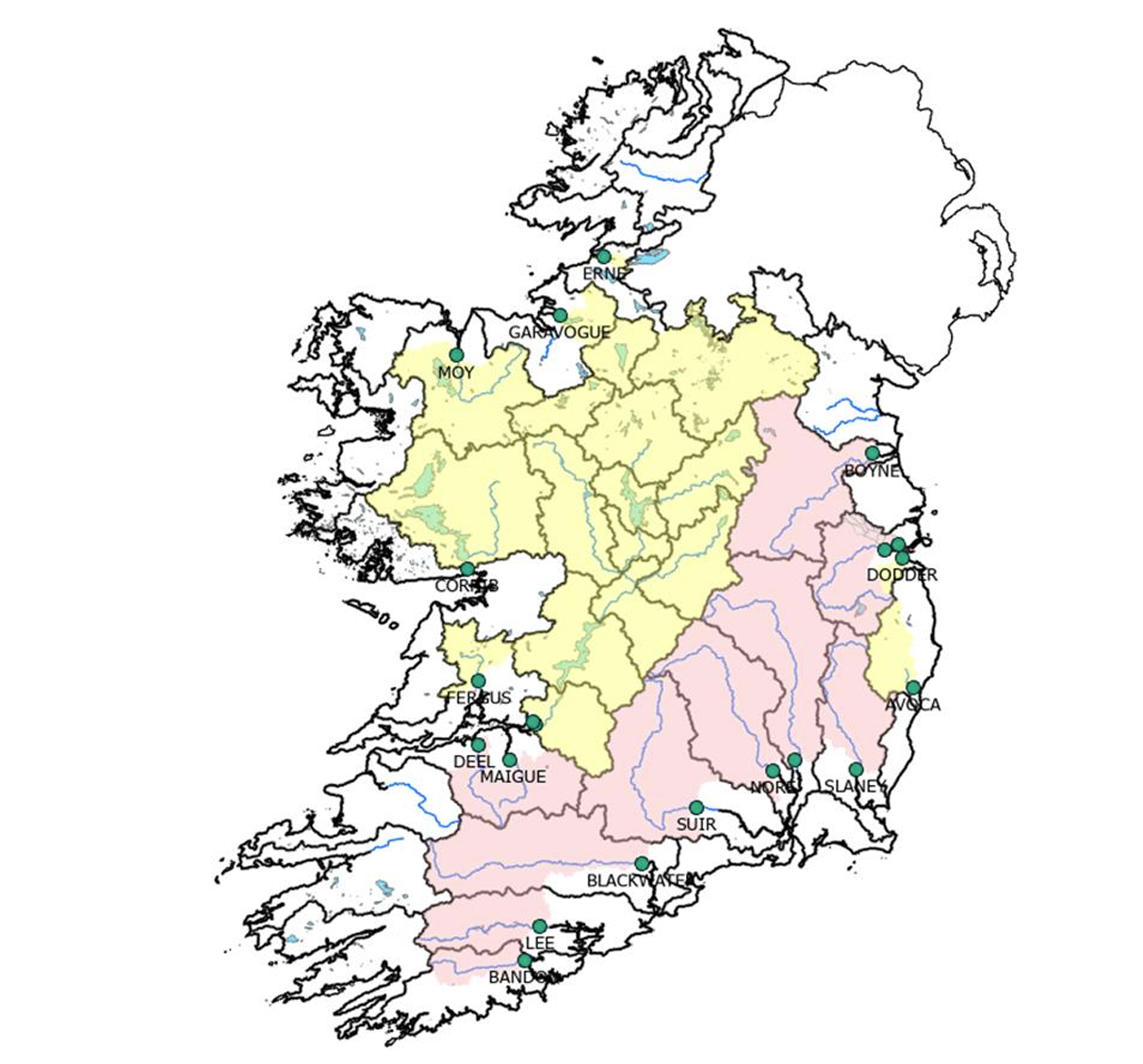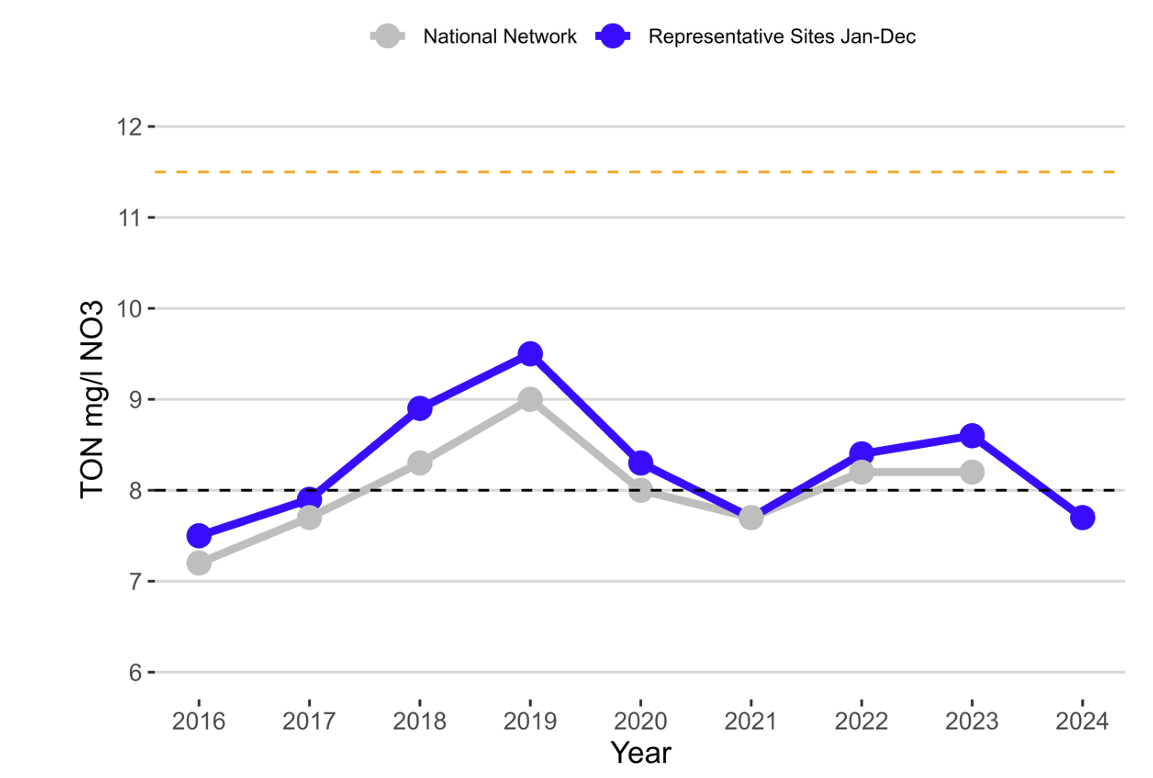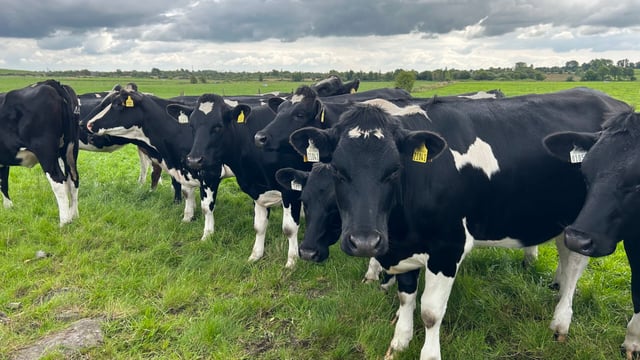EPA report: Nitrogen levels improved in 2024
The Environmental Protection Agency (EPA) has today (Wednesday, March 19) published early insights into nitrogen levels in rivers in 2024.
The Early Insights Nitrogen Indicator has been developed to provide more timely information on nitrogen levels and is based on monitoring data at 20 major and representative rivers.
Overall, the early insights indicator shows that nitrogen levels have improved in 2024. However, nitrogen remains too high in the south-eastern half of the country, according to the EPA.
The reports states that agriculture is the primary source of nitrogen in these areas.
Commenting on the report, director of the EPA’s Office of Evidence and Assessment, Dr. Eimear Cotter said: “The EPA continually strives to produce timely information and evidence on Ireland’s environment.
"Specifically, this publication responds to a need for early insights into trends in nitrogen levels. Agriculture is the primary source of nitrogen in Irish rivers and there is significant action underway within the sector to improve water quality.
"It is therefore very welcome to see these early signs of improvement. It is important that the sector builds on this momentum and continues to implement actions to reduce nutrient losses in a targeted way.”
The EPA will publish its three-yearly assessment of water quality in Ireland, for the period 2019-2024, later this year.
This future report will combine data on nitrogen and phosphorus concentrations in waterbodies, with the biological quality monitoring data on fish, aquatic insects and plants, to give a comprehensive assessment of the ecological health of all waters.
Nitrate concentrations at the representative sites over the 12-month period were lower than the previous year, which is is consistent with the suggestion of overall lower nitrate concentrations in 2024 indicated in the 2024 January-June data, the report states.
Historically, the annual average based on the full national network (grey line in the image above) is typically lower than the annual average at the representative sites (blue line).
This highlights that the early insights indicator generally provides a conservative estimate of the likely nitrogen concentrations nationally, according to the EPA.
A decline in nitrate concentrations using the full national network is therefore also likely, the report states.
EPA programme manager, Jenny Deakin added: “It is very positive to see this improvement in nitrogen levels in 2024, following a period of little positive change in recent years.
"However, nitrogen levels remain too high in the southeastern half of the country. Further actions will be necessary to reduce nitrogen and phosphorus losses to levels which will support good ecological health in our water bodies.
"The ecology will not improve until nutrient levels are reduced in the areas where they are elevated. The EPA will be reporting on the ecological health of our waters later in 2025.”







